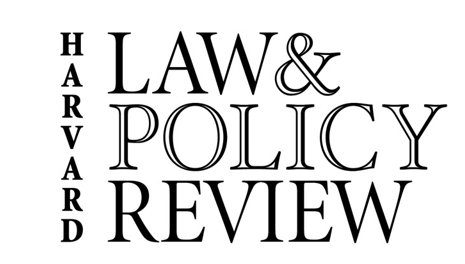By Milton Heumann* The classic “you’ve come a long way baby” mantra from the world of tobacco advertising has an analogous application to plea bargaining. Fifty years or so ago, plea bargaining was just emerging from the shadows of the perception of our trial courts, but today it is recognized as occupying the central position in understanding the ways justice is allocated. The final acknowledgment of the “long way” plea bargaining has come came bluntly in the Supreme Court’s 2012 …
Continue Reading about Plea Bargaining: Lessons Learned, Issues Outstanding →
